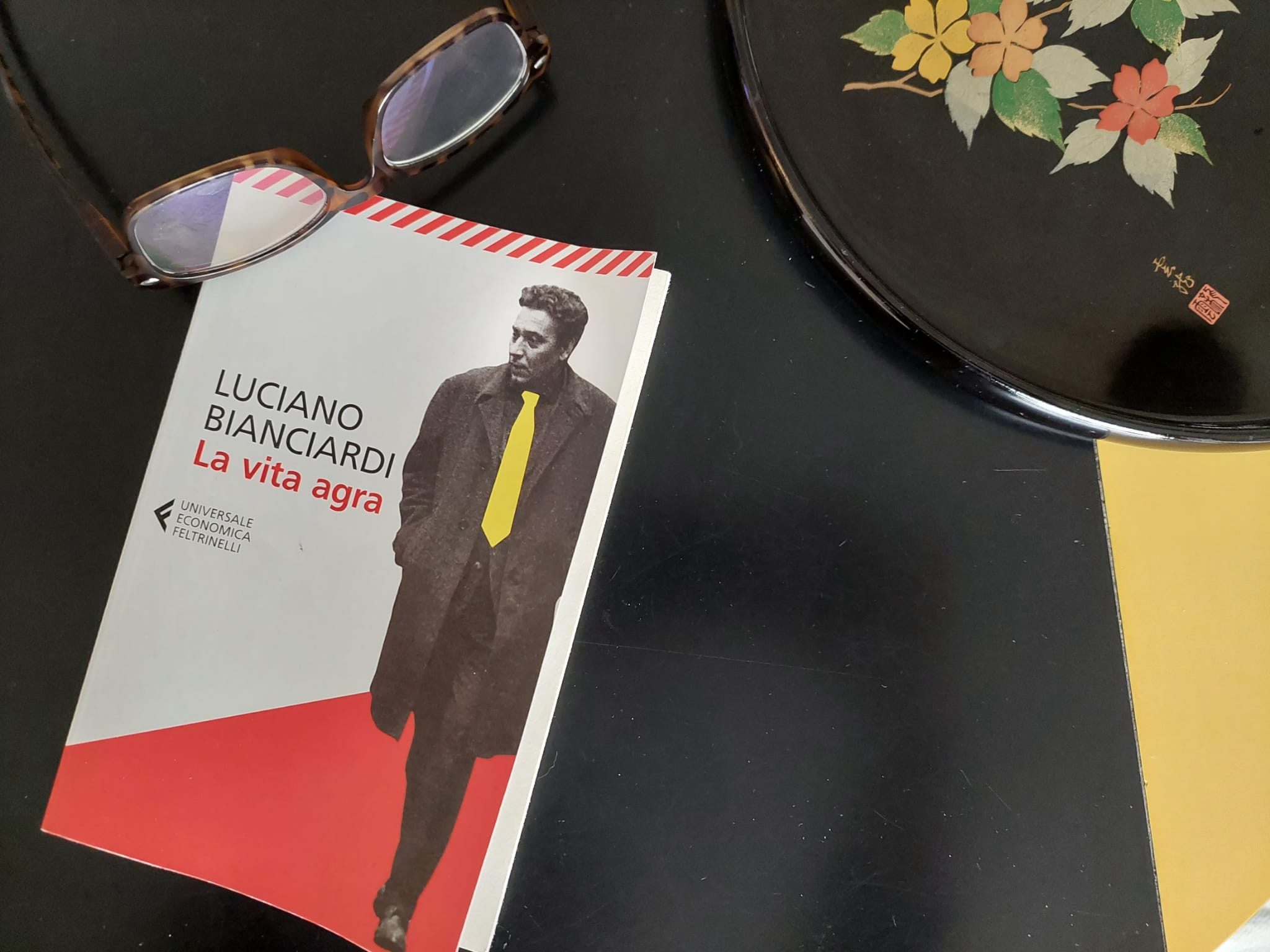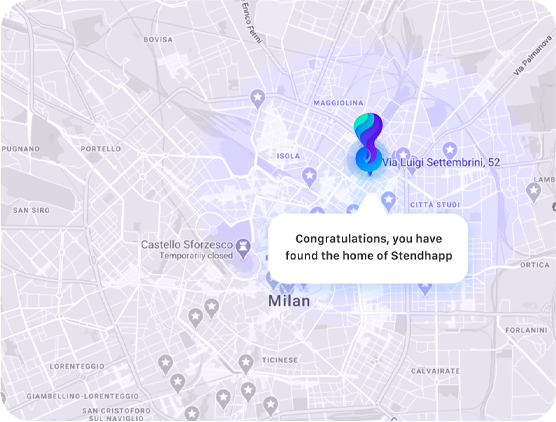What has changed in Milan in the last 60 years? Everything seems to have changed, but all this new around suddenly seems irrelevant if you read Luciano Bianciardi. On the other hand, in 2020 the same city administration celebrated his attitude in the video “Milan is always that, because it is never the same.”
Bianciardi talks about Milan and describes the Italian miracle as “a big rip-off”-it was 1962 and he already understood everything that was going to happen. We went looking for the places where the writer lived and which he extensively recounted in his novel “La vita agra” (“It’s a hard life”).
The Braida del Guercio and the Umiliati
The novel begins from the Braida del Guercio, now unknown to the many admirers of Brera‘s movida: “a remnant of the province in the heart of the city,” which in the 1950s had become ‘the place to be’ for artists landing in Milan in search of fortune, but which still retained memories of the history of 1,000 years earlier when a certain Adalgiso known as “il Guercio” bequeathed land and his houses to the order of the Umiliati. In Brera, the Umiliati remained in a building next to the church of Santa Maria until 1571, when Pope Pius V, at the request of Cardinal Carlo Borromeo, abolished the congregation and entrusted the convent with adjacent land to the Jesuits, with a commitment to create a college. It is likely that the strong emphasis the Umiliati placed on frugality and simplicity of life and the condemnation of luxuries and laxity of customs had brought them into conflict with the ecclesiastical hierarchies, to whom their theses sounded dangerously close to those of the Protestants. In the second half of the 1600s, Cardinal Federico Borromeo commissioned architect Francesco Richini to finally build the Jesuit Fathers’ Brera College, which today houses the Brera Academy.
Brera and the class struggle
After a brief stay in a bad hotel in Porta Venezia, perhaps today’s Hotel Baviera on Via Panfilo Castaldi, Bianciardi from Grosseto landed at number 8 Via Solferino, where he shared a furnished room with his partner Maria Jatosti. He frequents the Brera bar, goes to eat (often on credit) at the dairy of the Pirovini sisters in Via Fiori Chiari, and above all spends his time with other artists at the historic Jamaica tobacco bar, the Antilles bar of the “Vita Agra”-where in 1962 the kidnapping of the Spanish vice-consul in Milan was meditated. Today the once unnamed alley has been dedicated to artist Piero Manzoni-famous for his artist shit-who frequented it assiduously in the 1950s-60s. Also in Brera, at 10 Via Palermo, was the Pelota Basca Jai Alai ballgame, opened in 1947 and closed in 1997, whose athletes were roommates of the novel’s protagonist.
A few hundred meters away, at 15 Fatebenefratelli Street, stood the headquarters of Edizioni Feltrinelli, for which Bianciardi worked for only a year and to which he spared no criticism. It is said to be invented, but it is nonetheless amusing and indicative of the author’s state of mind, the anecdote that Bianciardi dared to leave a meeting with the “jaguar” Giangiacomo Feltrinelli and that on leaving he wore the publisher’s camel coat instead of his own, and then declared that it was a gift from Feltrinelli in support of the class struggle.
The torracchione and the bottegone
In “La vita agra” there are many references to the author’s real life, as real as the Milan that serves as the background. The “glass and aluminum torracchione (big tower)” that the anarchist Marcello would like to blow up in the novel is none other than the former Montecatini building designed by Giò Ponti, now home to the U.S. Consulate and some radio stations, at Largo Donegani 2. In the story, the protagonist, distraught over the May 4, 1954, incident at the Ribolla lignite mine owned by Montecatini, in which 43 workers died as victims of a firedamp explosion, promises one of the survivors that he would carry out an attack to the headquarters.
After a move to a guesthouse in Piazza del Duomo, in front of whose window prosaically lit the Cinzano sign, Bianciardi moved to an apartment owned by his friend Carlo Ripa di Meana on Via Domenichino, 2.
Just at the corner of Via Domenichino and Viale Monterosa, Bianciardi visited one of the first supermarkets in Italy, Esselunga-namely, “the bottegone (big shop): a huge room without windows, with yellowish lights always on to illuminate the stacks of colored boxes. From the ceiling drips music calculated for hypnotic effect.” Director Carlo Lizzani, too, in the fine 1964 film based on the novel, starring Ugo Tognazzi and Giovanna Ralli, did not miss the opportunity to shoot some scenes precisely at the supermarket, still a symbol of the consuming Milan. Lizzani changes the ending of the story by transforming the protagonist into a publicist who writes slogans for advertising products of the companies he once wanted to destroy, a reinterpretation that, if possible, further emphasizes the still highly relevant message of denunciation that Bianciardi wanted to leave us.
After having experienced firsthand the contradictions of a city that, behind a veneer of progress, increasingly increases inequality, forcing the poorest to trudge on in order to make a decent living, Bianciardi writes, “the Milanese, believe me, are as dumb as few people in the world. The people here are lined up, covered and baton-whipped by northern capital and they walk the rails, framed and rigid. They don’t complain about it; in fact, they think they are happy.”
Since those days torracchioni and bottegoni have multiplied out of all proportion, other than that everything seems identical to those who read Bianciardi today. Luciano Bianciardi died in 1971 of cirrhosis of the liver, worn out by alcohol and depression, at San Carlo Hospital in Milan.





